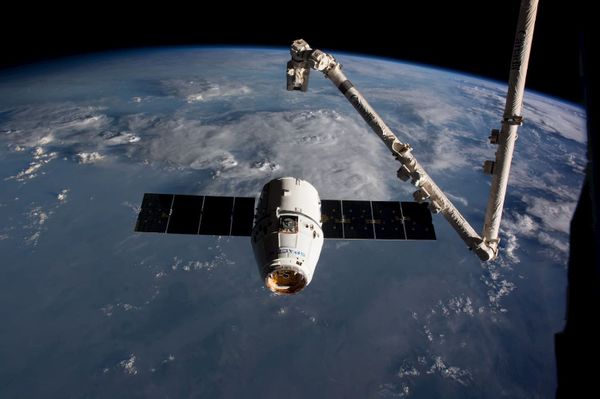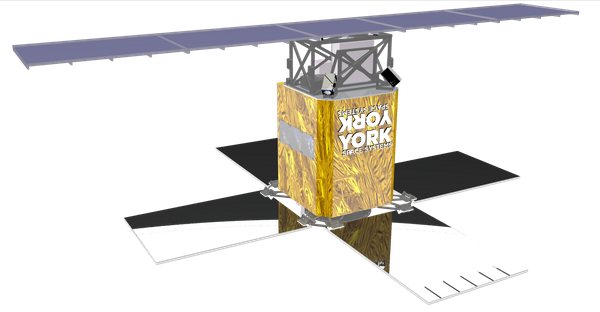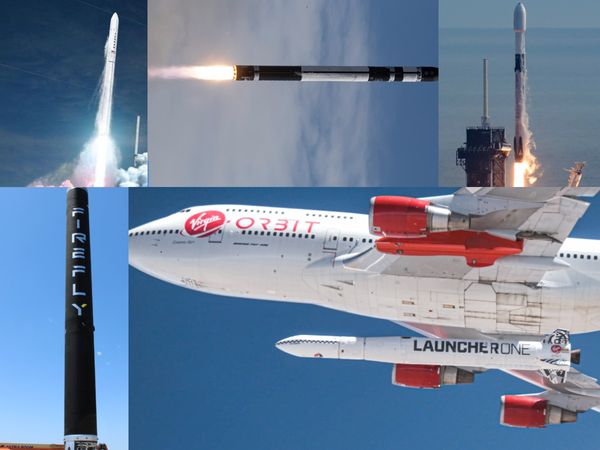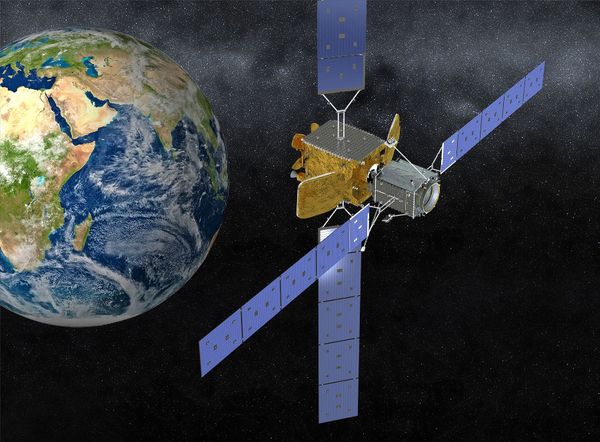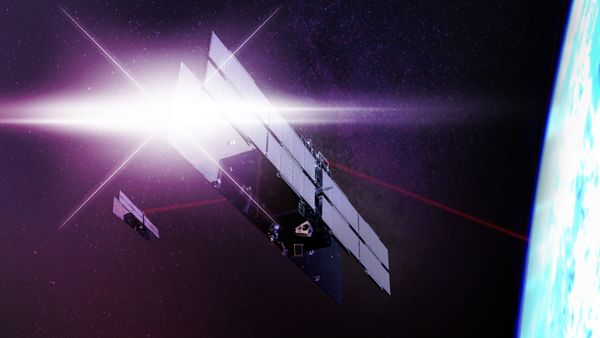The New Space industry has seen a rise in small orbital launchers in recent years. These rockets usually carry under 1 metric ton to orbit, and feature unique design features, demonstrated on a small scale.
Why Small Launchers?
When looking at estimated pricing for small launchers versus larger rockets, the financial motivation for choosing the small rocket is not always clear. Yes, the per-launch cost is much lower than large rockets ($6 million vs $60 million or even $200 million), however the $/kg is just as high, if not higher, than traditional large rockets. Why do customers choose small launchers and why do companies see demand for small launcher service?
One explanation is launch opportunity frequency. The small satellite industry, and CubeSats in particular, exploded in popularity due to the availability of ride share opportunities. The key concept is that almost all rockets have excess lift capability when launching primary payloads. If small payloads can be found and integrated along with the primary, the secondary payloads can share the ride to orbit, paying a fraction of the cost. This concept continues to drive the small satellite market, where satellite operators can pay just the cost of integration for the satellite to get a ride into space. However, these opportunities are restricted, since the secondary payload can only go to an orbit in between LEO and the primary satellite's target orbit. This means International Space Station (ISS, 56 degrees, 310km) and Geostationary Transfer Orbit (GTO, 0 degrees, 35,000km x ~100km) launch opportunities are the most common. This poses a problem to small satellite companies intent on building global constellations, which require many satellites in different orbits and inclinations.
This simulation of OneWeb's satellite internet constellation shows the need for a large number of polar orbiting satellites. Rideshares to polar orbits are infrequent, as most launches head to the ISS or GTO.
Solving this problem requires dedicated launch, and traditional launchers rapidly exceed the price range of most companies building small satellites. Small launchers solve this problem by dropping the per unit price of launch, and dramatically increasing the potential launch volume. Smaller rockets are quicker and cheaper to manufacture and satellite companies can now fly as primary payloads on these rockets, determining their own orbital parameters, and flying when their satellite is ready.
Pegasus XL
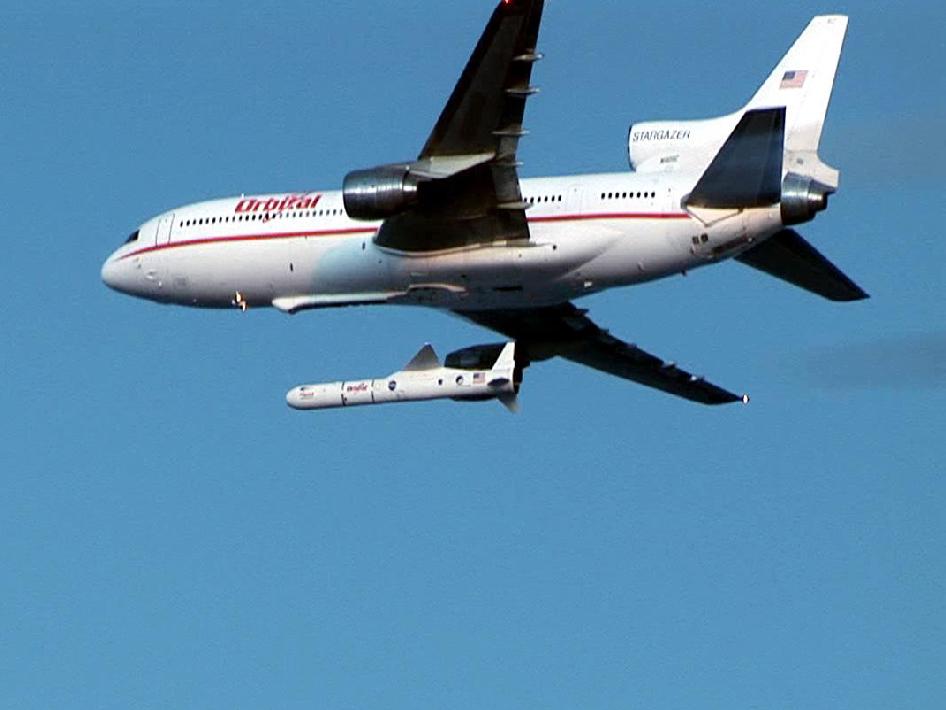
A Pegasus XL rocket detaches from its carrier plane, carrying a NASA payload to LEO, courtesy of NASA
Small launcher development allows for flexibility and innovation in the launcher design, since their development is usually less capital intensive than large rockets. Pegasus XL uses a relatively unique design, in which its first stage is actually a jet-powered air-breathing carrier plane. This provides several advantages. The rocket can be launched at altitude, above the densest part of the atmosphere, reducing drag. Low pressure also increases engine performance, and allows for the rocket motor to be optimized for high-altitude flight exclusively. The rocket also inherits initial velocity and altitude from the carrier aircraft, however this boost (~200 m/s) is tiny in comparison to the total velocity required to enter orbit around the Earth (~7,000 m/s). Another theoretical advantage is the ability to launch at 'any' inclination or latitude, and to avoid weather delays. A sufficiently large carrier aircraft could fly towards the equator, where Earth's rotation gives a boost in velocity to orbital rockets. Also a plane can perform the 'dog leg' manuever, allowing the rocket to fly in any direction, avoiding overflying populated areas.

Example dog leg manuever by ISRO's PSLV during launch, via Wikipedia
Pegasus XL is the currently flying iteration of the vehicle. It is composed of three stages, each using a solid fuel motor. Customers have the option of adding a hydrazine helper stage which improves performance and increases orbital insertion accuracy. While solid rocket boosters have some inherent reliability advantages, the Pegasus family currently has an 88% mission success rate.
You can find more information in the Pegasus fact sheet and User Manual
Electron
Rocket Lab's Electron rocket has been in the news recently due to its first successful orbital test flight earlier this year. Electron is one of the many New Space companies building small launchers in response to the booming small satellite market. Electron has a few unique features for a rocket of its scale. First, its first stage is powered by nine Rutherford engines. The Rutherford is different from other rocket engines in two key ways. It is entirely 3D printed, making it the first fully 3D printed booster engine flying today. It is also driven with an electric pump rather than a turbopump operated with fuel from the main tanks. This electric pump actually increases its efficiency, to an impressive 311 seconds, since all of the fuel goes through the main combustion chamber rather than being bled off in a gas generator, or other turbopump cycle. The second stage engine actually has the ability to eject spent battery modules during flight, in order to reduce dry mass and improve payload to orbit.
A unique and surprising feature of the Electron's second flight was the presence of a third stage, or kick stage. It uses a 'green' monopropellant engine to provide additional delta-v to the payload and the ability to fine-tune the orbit after second stage depletion. We covered a potential green propellant in Episode 37: Green Propellant Infusion Mission
Vector-R
Second launch of Vector-R from Camden Spaceport in 2017.
Vector-R is the first rocket created by Vector Space Systems, another New Space start up. Vector was founded by Jim Cantrell, who was part of the original team that founded SpaceX with Elon Musk. While SpaceX has abandoned the small launcher market, Vector looks to target the bottom end of it, launching tiny payloads hundreds of times per year. Vector-R is a two-stage vehicle, powered by the LP-series of rocket engines. The first stage is powered by three LP-1 engines with 18,300 lbf (81.4kN) of thrust. LP-1 uses liquid oxygen and liquid propylene as propellants. The second stage is powered by the LP-2 engine, capable of 1,000 lbf (4.48kN) of thrust. Both engine types are pressure-fed. The estimated payload is 66 kg to LEO, but Vector plans to offer a heavy variant, the Vector-H, for larger payloads up to 110 kg to LEO using 6 LP-1 engines on the first stage, and an upgraded LP-3 engine on the second stage. Vector promises that no dedicated CubeSat adapters are required. Customers' satellites can be directly attached to the rocket. They also promise less restrictions than a typical rideshare, allowing payloads to launch with charged batteries, active radios, and hazardous materials onboard.
Vector also offers an optional third stage to customers, which utilizes solid propellant and features optional power and attitude control systems. This allows for a single launch to deliver multiple payloads into different orbits.
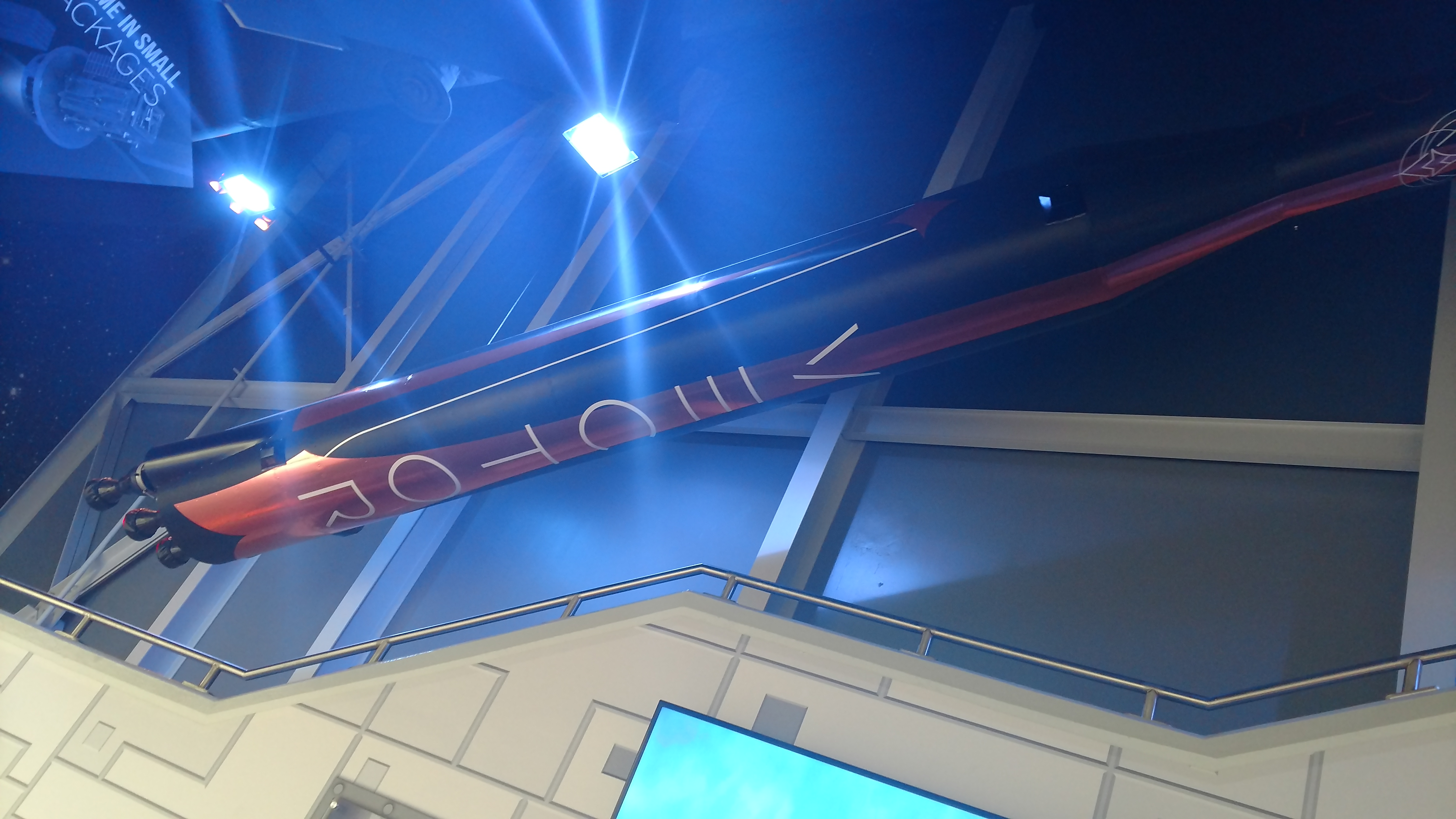
Vector-R has an all carbon-fiber body, increasing mass fraction, allowing for useful payload to orbit from a relatively small launcher.
Vector's approach is to maximize the availability of launches to customers. They plan to launch hundreds of times per year, with each rocket dedicated to a single or few customers. Prices ranges from $3.5 million for the 'Economy Launch' service to $4.5 million for 'Premium Class Launch' which offers no restrictions on orbits or launch windows. Additional costs may be incurred for custom fairings, the optional third stage, and additional launch services. One unique feature of their launch model is the ability to launch from austere launch pads using their mobile launcher. In a way, Vector-R is like a liquid-fueled road-mobile ICBM, capable of being launched quickly from almost any open area. Austere, rapid launch rockets have also drawn interest from the Department of Defense. The ability to launch from unimproved pads is especially valuable, since a launch mishap can put a launch pad out of commission for months, such as the Antares failure in Wallops, and the Amos-6 fueling failure on SLC-40 in Cape Canaveral. Vector plans to launch from Kodiak, Alaska, as well as multiple East Coast regions.
Launch failures like CRS Orb-3 can put launch pads out of service for months. It took almost two years for MARS LP-0A to enter service after the accident. Rockets capable of launching from austere pads would not be affected by these shutdowns.
Payload User's Guide for Vector-H
Firefly α
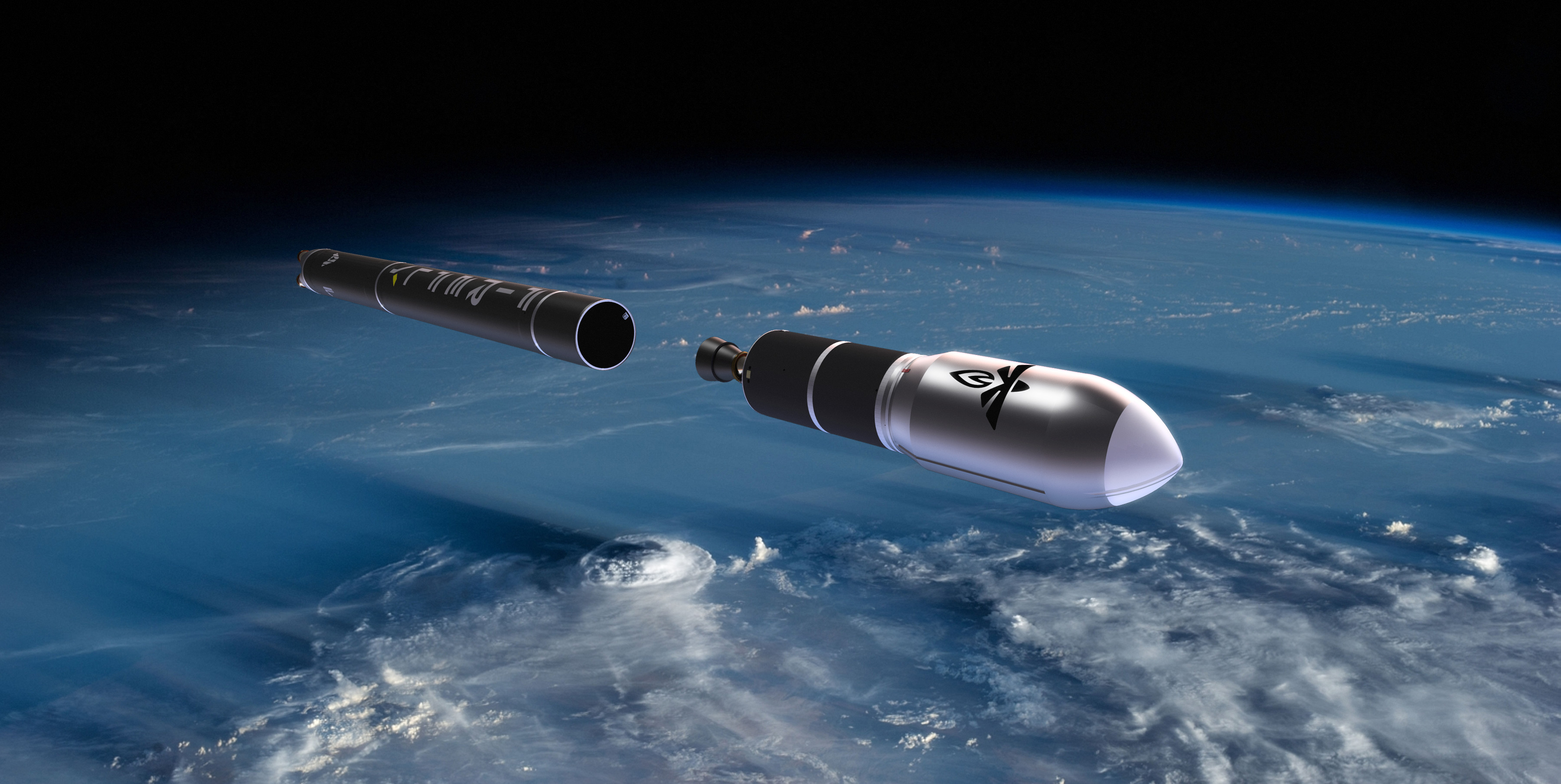
"Firefly Aerospace Inc. (“Firefly”) was founded to provide economical, high-frequency access to space for small payloads through the design, manufacture and operation of reliable launch vehicles. The Firefly team addresses the market’s need for flexible access to space with a “simplest, soonest” approach to technology selection.
Firefly α is relatively large rocket compared to Vector-R, with an estimated payload of 1mT to LEO and 600 kg to a Sun-Synchronous Orbit (SSO). It is powered by four Reaver 1 engines, each powered by a turbopump fed LOX/RP-1 fuel mixture. The Reaver 1 is rated to 736.1 kN (165,482 lbf) in vacuum and has an Isp of 295.6 seconds. Its second stage is also based on a LOX/RPI-1 engine, called the Lightning 1, which is also turbopumped with a vacuum thrut of 70.1 kN (15,759 lbf) and an Isp of 322 seconds.
Firefly Aerospace is targeting a relatively high launch rate.
"Firefly’s first launch is scheduled for the third quarter of 2019. By the first quarter of 2021, production capacity will support the launch of two Alpha vehicles per month.
Compared to legacy launchers, a two week launch rate is quite impressive, and it gives satellite operators with large constellations confidence that their satellites will launch promptly. Firefly α is also large enough to serve in a supplementary role to larger launchers. Initial constellations could be launched in large batches by rockets like Vulcan or F9, and single satellite replacements could be launched by a single Firefly α.
Firefly α uses many modern rocket engineering techniques including COTS electronics utilizing Ethernet networking to connect all the various sensors and computers together. It also heavily utilizes carbon composites for the main rocket body.
Firefly α Payload User's Guide
LauncherOne and Cosmic Girl
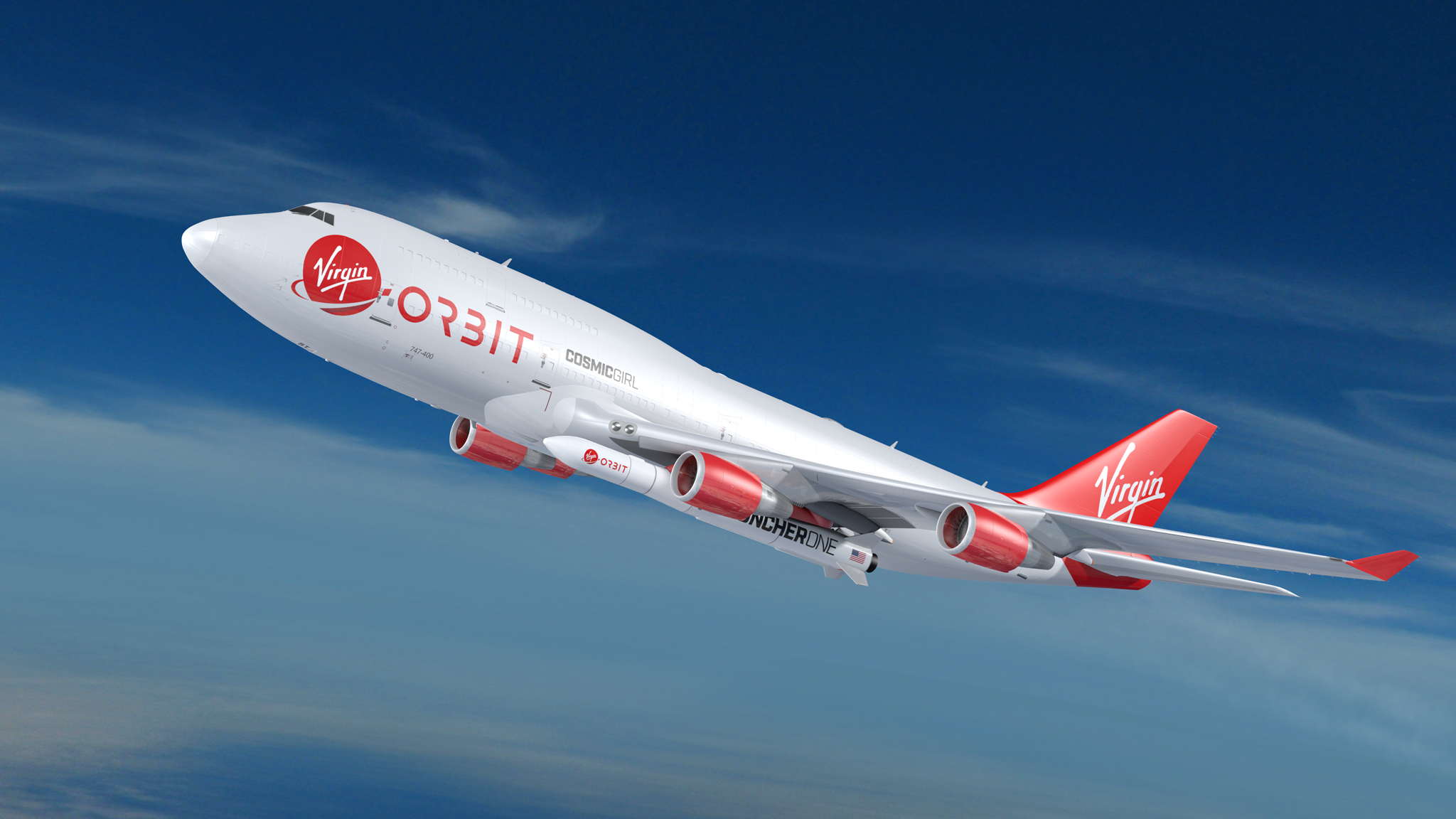
LauncherOne is hoisted to 35,000 ft before launching off of a modified 747-400 carrier aircraft, courtesy of Virgin Orbit
Virgin Orbit exists under the Virgin family, which includes The Spaceship Company and Virgin Galactic. However, the company differs in focusing on rapid, expendable, orbital launch. Their launch system includes Cosmic Girl, a modified 747-400 cargo airplane, and a two-stage expendable rocket called LauncherOne. Together they provide orbital lift up to 500 kg to LEO (124 nmi circular 0 degree inclination orbit) or up to 300 kg to SSO (270 nmi Sun-Synchronous Orbit).
LauncherOne is another example of air-launch, where the first stage is partially replaced by an air-breathing reusable jet-powered aircraft. The rocket itself is a two stage vehicle. The first stage is powered by the Newton Three engine, a LOX/RP-1 pump-fed engine capable of 327 kN (73,500 lbf). The second stage is powered by the NewtonFour engine, another LOX/RP-1 pump-fed engine capable of 22 kN (5,000 lbf) of thrust.
The company seems to be focused on rapid development of capability, in comparison to its sister company, Virgin Galactic, which has been working to perfect its reusable sub-orbital spaceplane for years. Its use of relatively simple pump-fed kerolox engines rather than a hybrid motor may prove to be safer and more reliable. Also the simple carrier aircraft, while less capable than WhiteKnight2, is less complex, and quickly became flight ready. It is possible we could see Virgin Orbit begin service before Virgin Galactic, despite the long pedigree of the latter.
Virgin Orbit Payload User's Guide
These small launchers represent an exciting expansion of capability for orbital launch. It will be interesting to see how these vehicles compete and evolve over time as the market expands.
Subscribe on iTunes, Google Play, or by RSS for more space exploration discussions. (Banner image courtesy of SpaceX)


